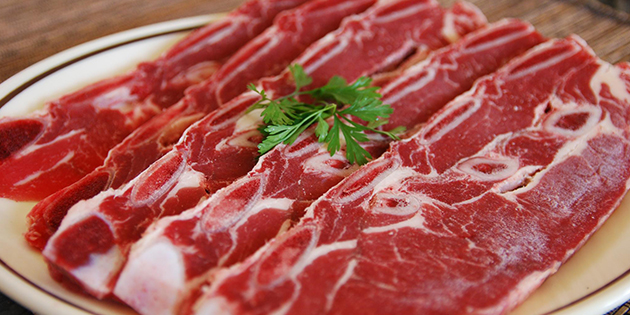Marketing and Cost Play Significant Role in What Americans Eat
The marketing world can have a huge impact on what consumers consume. Take red meat for example. After being shunned for the last decade or so by many people looking for what they consider healthier protein options—mainly chicken and turkey—red meat is seeing a resurgence.
Leslie Patton of Bloomberg writes that several new menu items at restaurant chains, as well as the growing popularity of more protein-centric diets such as the Paleo Diet, are helping to turn the tide. Many upscale eateries also are jumping on the red meat bandwagon, offering exotic variations on red meat to entice patrons to choose it for their main course.
Patton’s article, Red Meat, It’s What’s for Dinner Again, cites data from the USDA that says that Americans will eat an estimated 54.3 pounds of the red meat in 2016—the first increase since 2006 and almost half a pound more per person than last year.
It’s more than just protein-centric diets and new menu items that are turning the tide back toward red meat. Lower prices also are contributing to the trend.
At the start of 2014, U.S. cattle supplies were the lowest in more than six decades after years of drought in the South and Southwest. The shortage sent beef prices surging to records. Since then, ranchers have been able to raise more cattle, and the latest USDA numbers show herds at a five-year high.
That’s helping to drive prices down. In February, a pound of uncooked ground beef retailed for $4.38, about 7 percent below a year ago, according to data from the Bureau of Labor Statistics.
All of this proves that the power of marketing, combined with some good deals, can have a huge impact on the AG industry.



